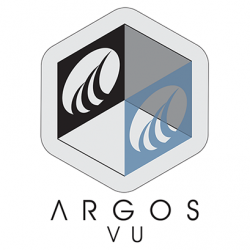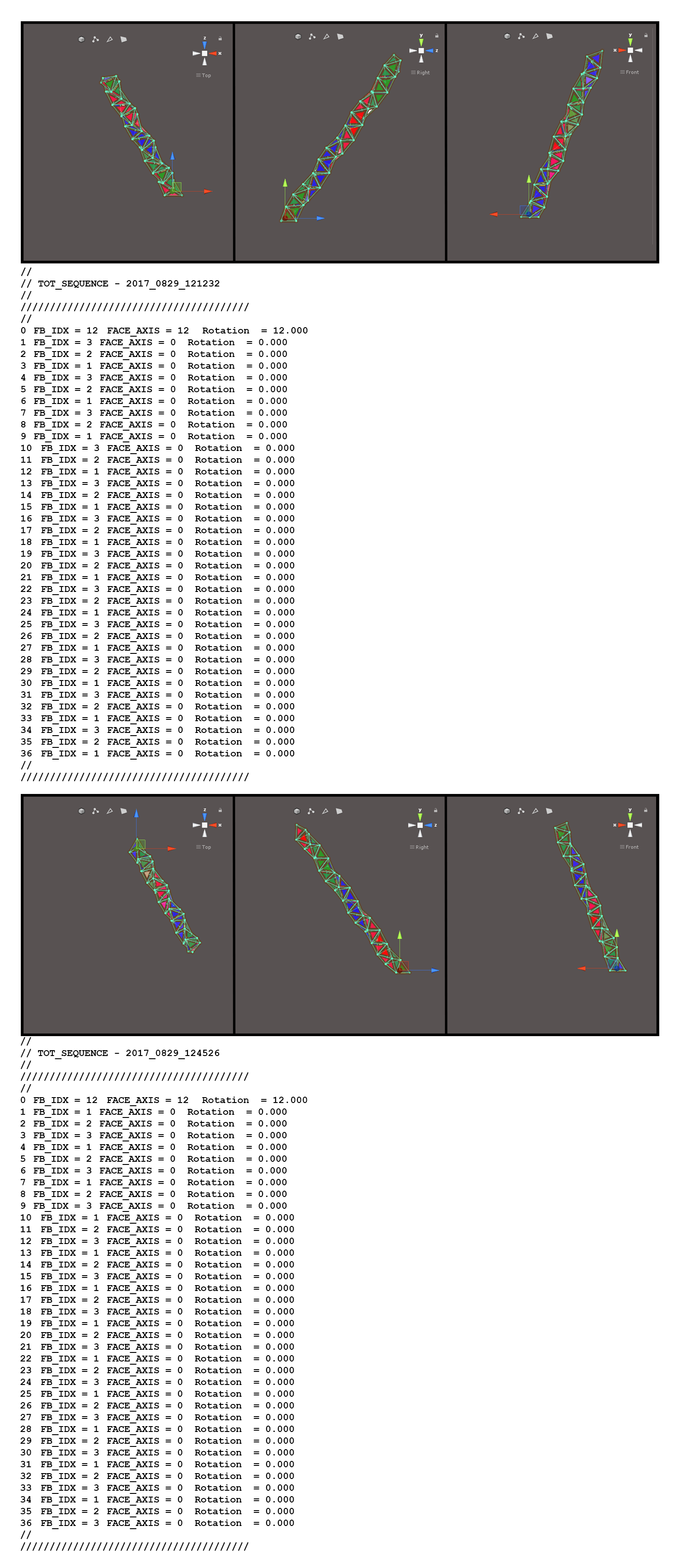using System.Collections;
using System.Collections.Generic;
using UnityEngine;
using ProceduralToolkit;
using VRTK;
using System.IO;
using System;
public class TetraHedron_4 : MonoBehaviour
{
public GameObject tetra_Prefab;
public float radius = 2;
public float beam_length = 2;
private VRTK_InteractableObject interact;
private HMD_Ctrl_Tracking hmd_Ctrl_Tracking;
private GameObject tetra1;
private GameObject tetra2;
private GameObject tetra3;
private GameObject tetra4;
private GameObject tetra5;
private List<GameObject> tetra_List = new List<GameObject>();
public float rotation = 0;
List<Vector3> beam_List = new List<Vector3>(4);
public bool bGenNext = false;
public bool bRemoveLast = false;
public int next_FB_Index = 0;
public int next_face_Axis = 0;
public float next_axis_angle = 0;
StreamWriter sSequence;
public class sequ_element
{
public int fb_Idx;
public int face_axis;
public float axis_angle;
public void set(int idx,int fa, float aa)
{
fb_Idx = idx;
face_axis = fa;
axis_angle = aa;
}
}
public List<sequ_element> sequence = new List<sequ_element>();
public int cIdx =0;
void Start ()
{
hmd_Ctrl_Tracking = HMD_Ctrl_Tracking.Instance;
Vector3 position = new Vector3(0, 0, 0);
Quaternion q = Quaternion.identity;//Quaternion.Euler(new Vector3(0, 1, 0));
tetra_List.Add(Instantiate(tetra_Prefab, position, q, transform));
sequ_element sequence_el = new sequ_element();
sequence_el.set(12, 12, 12);
sequence.Add(sequence_el);
setBeams();
sSequence = new StreamWriter("TOT_SEQUENCE_001.txt");
sSequence.WriteLine("// ");
sSequence.WriteLine("// TOT_SEQUENCE - " + DateTime.Now.ToString("yyyy_MMdd_HHmmss"));
sSequence.WriteLine("// ");
}
void Update ()
{
if (bGenNext)
{
Quaternion q;
GameObject go = Instantiate(tetra_Prefab);
go.transform.parent = tetra_List[cIdx].transform;
q = Quaternion.FromToRotation(Vector3.up, beam_List[next_FB_Index]);
if (next_FB_Index == 0)
{
q *= Quaternion.Euler(new Vector3(0, 180, 0));
}
q *= Quaternion.AngleAxis(rotation, beam_List[next_face_Axis]);
go.transform.localRotation = q;
go.transform.localPosition = beam_List[next_FB_Index] * beam_length;
tetra_List.Add(go);
sequ_element sequence_el = new sequ_element();
sequence_el.set(next_FB_Index, next_face_Axis, rotation);
sequence.Add(sequence_el);
cIdx++;
bGenNext = false;
}
if(bRemoveLast)
{
GameObject go = tetra_List[cIdx];
tetra_List.RemoveAt(cIdx);
sequence.RemoveAt(cIdx);
Destroy(go);
cIdx--;
bRemoveLast = false;
}
}
private void OnApplicationQuit()
{
sSequence.WriteLine("/////////////////////////////////////// ");
sSequence.WriteLine("// ");
for (int i = 0; i <= cIdx; i++)
{
sSequence.WriteLine(i.ToString() + "\t FB_IDX = " + sequence[i].fb_Idx.ToString()
+ "\t FACE_AXIS = " + sequence[i].face_axis.ToString()
+ "\t Rotation = " + sequence[i].axis_angle.ToString("F3"));
}
sSequence.WriteLine("// ");
sSequence.WriteLine("/////////////////////////////////////// ");
sSequence.Close();
}
private void setBeams()
{
float tetrahedralAngle = Mathf.PI * -19.471220333f / 180;
float segmentAngle = Mathf.PI * 2 / 3;
float currentAngle = 0f;
List<Vector3> vertices = new List<Vector3>(4) { new Vector3(0, radius, 0) };
for (var i = 1; i < 4; i++)
{
vertices.Add(PTUtils.PointOnSphere(radius, currentAngle, tetrahedralAngle));
currentAngle += segmentAngle;
}
beam_List.Add((vertices[1] + vertices[3] + vertices[2]) / 3);
beam_List.Add((vertices[0] + vertices[2] + vertices[3]) / 3);
beam_List.Add((vertices[0] + vertices[1] + vertices[2]) / 3);
beam_List.Add((vertices[0] + vertices[3] + vertices[1]) / 3);
}
private void DoObjectTouched(object sender, InteractableObjectEventArgs e)
{
VU_UI_MANAGER.Instance.Report_Touched(this.gameObject, e.interactingObject);
}
private void DoObjectUntouched(object sender, InteractableObjectEventArgs e)
{
VU_UI_MANAGER.Instance.Report_UnTouched(this.gameObject, e.interactingObject);
}
private void DoObjectGrabbed(object sender, InteractableObjectEventArgs e)
{
}
private void DoObjectUnGrabbed(object sender, InteractableObjectEventArgs e)
{
}
}
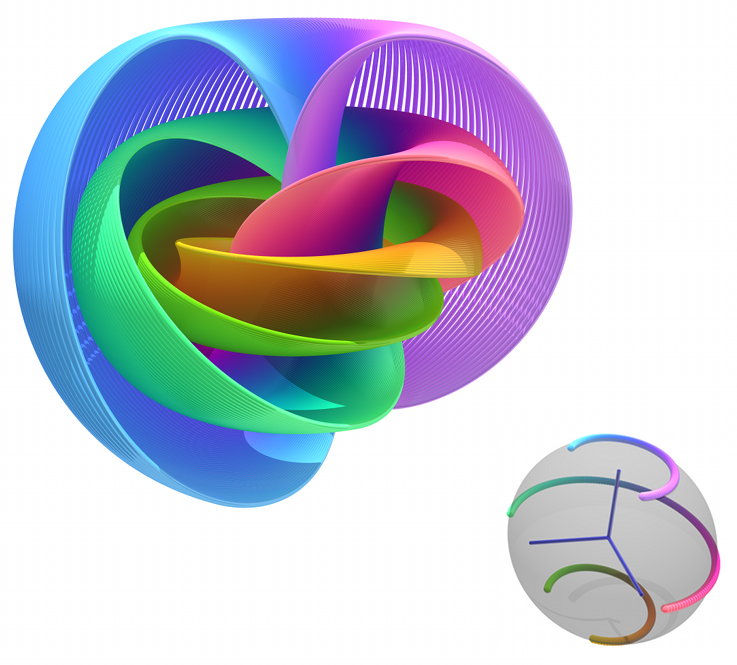
Hopf fibration
PolyChronic vs MonoChronic
Interesting Dual
Convergent Energy – Expansive Mind
Divergent Energy – Contractive Mind
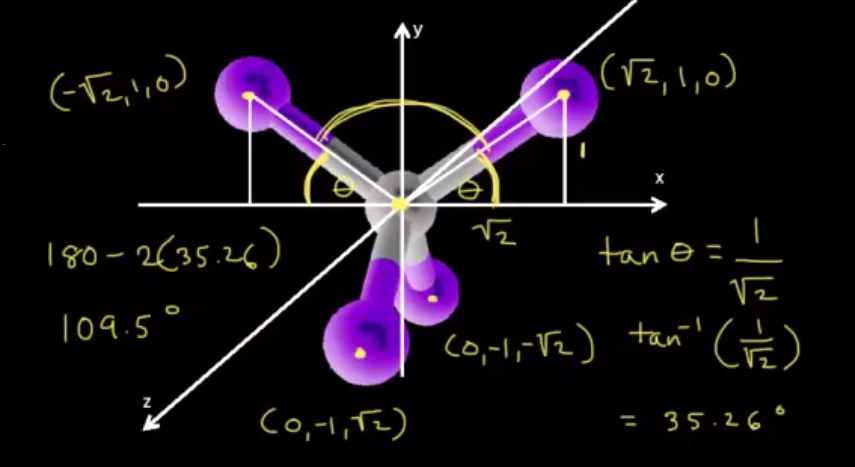
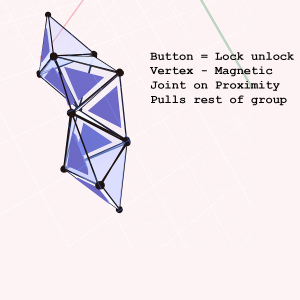

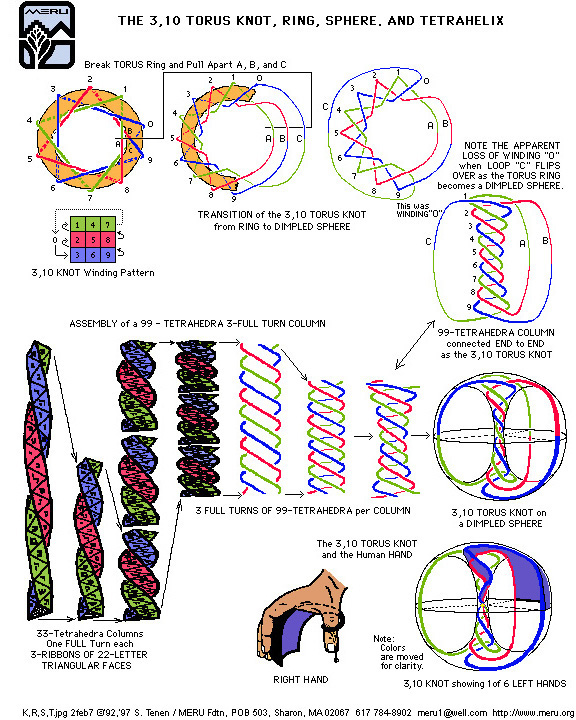
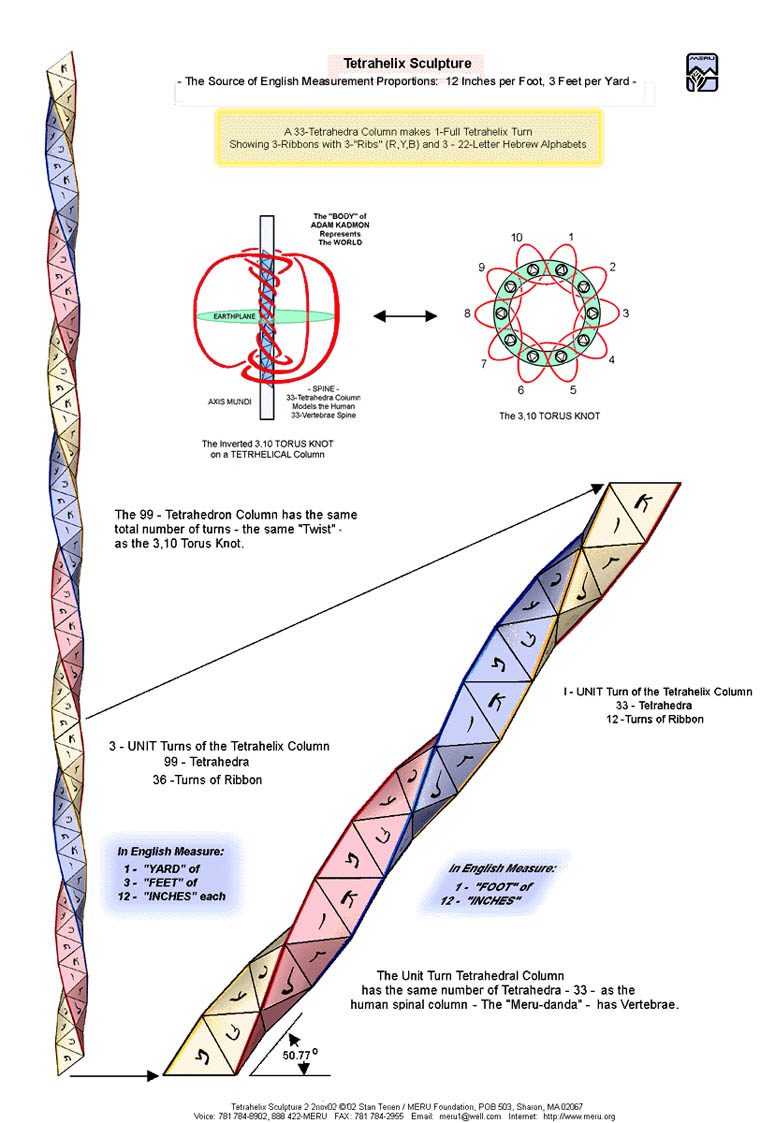
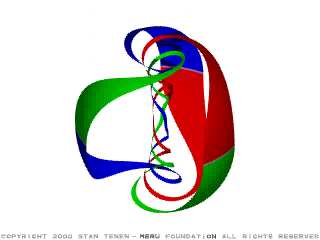
http://www.meru.org/Newsletter/eTORUS66.pdf
